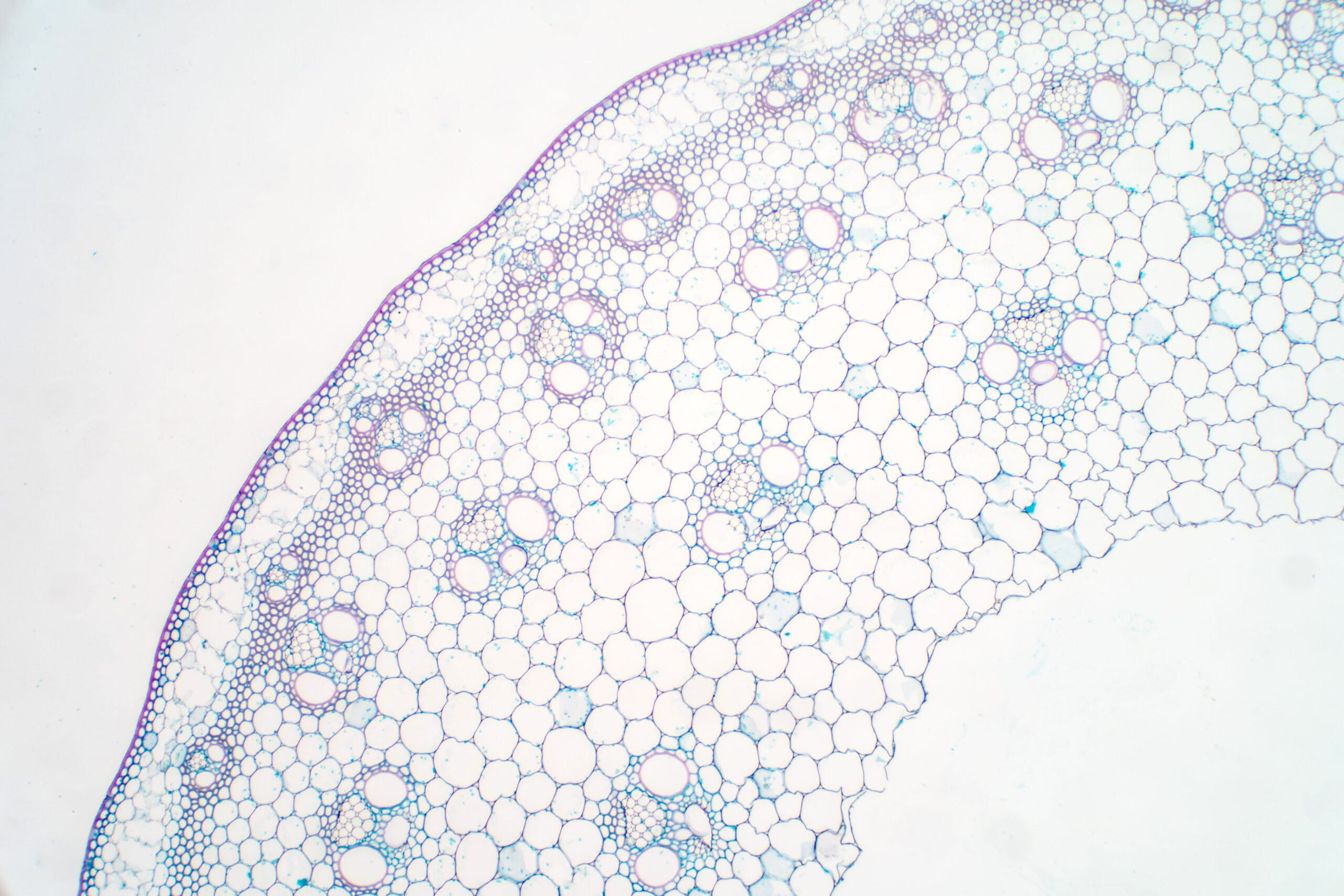Plant Biotechnology is an international, open-access, and online journal, published every three months by the Japanese Society for Plant Biotechnology.
Current Issue
Editor’s Pick
Plant-microbe interactions encompass a continuum from mutualism and commensalism to parasitism. Mutualists confer benefits such as nutrient acquisition or stress tolerance, whereas pathogens compromise host health, and commensals coexist without detectable harm or benefit. Importantly, these relationships are not fixed but are dynamic, shifting between interaction modes in response to host physiology, microbial adaptation, and environmental conditions.
Plant-microbe interactions encompass a continuum from mutualism and commensalism to parasitism. Mutualists confer benefits such as nutrient acquisition or stress tolerance, whereas pathogens compromise host health, and commensals coexist without detectable harm or benefit. Importantly, these relationships are not fixed but are dynamic, shifting between interaction modes in response to host physiology, microbial adaptation, and environmental conditions. Such shifts can influence plant health, agricultural productivity, and ecosystem stability. This review synthesizes the mechanisms underlying these functional transitions and discusses how understanding the drivers of interaction shifts can inform sustainable agriculture and ecosystem management.



